Dennstaedtia punctilobula
A common fern of the woods often covering large areas
Dennstaedtia punctilobula hay-scented fern
Gentle yellow-green fronds have finely pubescent stipes and light golden hairs that create softness in appearance. The pinnae are arranged like rungs on a ladder with rather large spaces in between. This fern grows in large colonies with singular fronds. This is one of the few ferns that can grow in full sun as well as in dry and shady conditions. By end of summer, the fronds turn soft bronze color and start to smell like hay, thus the common name. This fern is sensitive to cold and one of the first ferns to wither in the autumn.
Habitat & Range
Dry, partly shaded woodlands and open fields, sandy soils. Occasionally grows in cracks of rocks.
Range is from New Brunswick and Ontario to Indiana and Minnesota, south to Alabama and Tennessee.
Wetland Code: UPL
Phenology
Produces spores in summer.
Characteristics
Frond singular from a spreading rhizome, sterile and fertile fronds look similar, arching and erect. Height varies from 15-30 in. long.
Blade yellowish-green covered with fine glandular hairs.
Pinnae close together and subopposite, longer than wide; tapering tips with silvery, jointed, soft hairs on both surfaces.
Pinnules numerous, opposite, longer than wide, lobed.
Rachis slender, light brown (almost pink) to straw colored, darker at the base, hairy.
Stipe dark brown at the bottom becoming light or reddish-brown above covered with white hairs.
Rhizome horizontal and slender, rapidly growing; older parts dark brown and nearly smooth, younger parts green and covered with numerous reddish brown hairs.
Sori very small, at margins of pinnules. Surrounded by a unique, cup-shaped indusium.
Special Characters
Stem (both rachis and stipe) is covered with white hairs.
APG/Taxonomization Info
The genus name, Dennstaedtia, was given in honor of an early 19th century German botanist, August Wilhelm Dennstaedt. The species epithet comes from Latin 'punctus' and 'lobula'. The former means 'pricking points' and latter 'lobes'. Andre Michaux gave this name to the fern in 1850s for the sharp leaflet lobes.
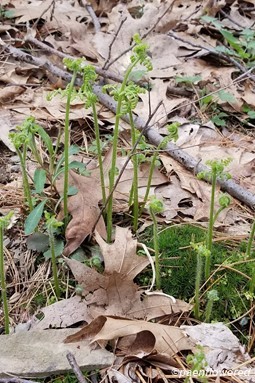
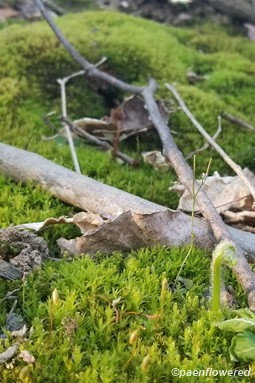
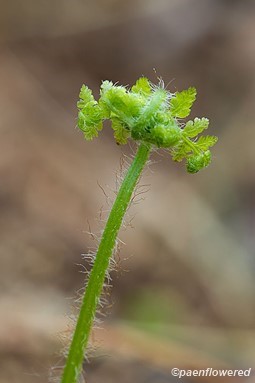
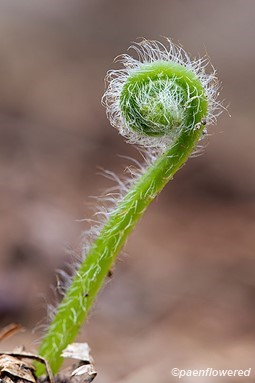
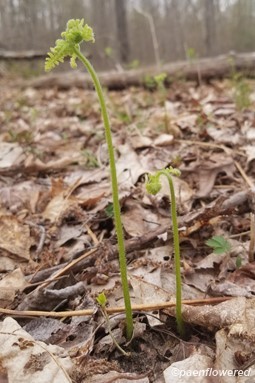
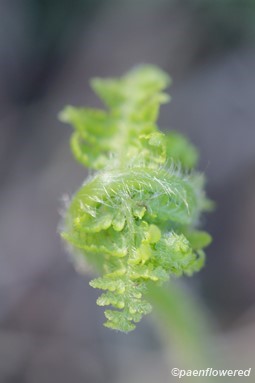
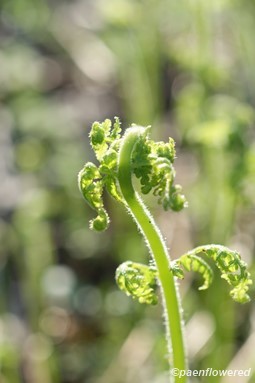
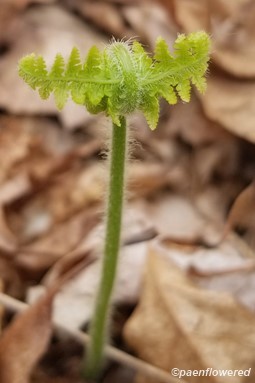
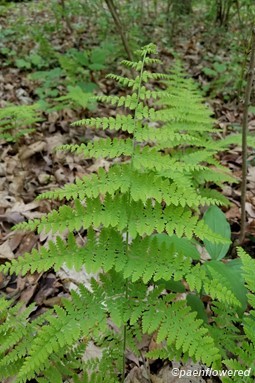
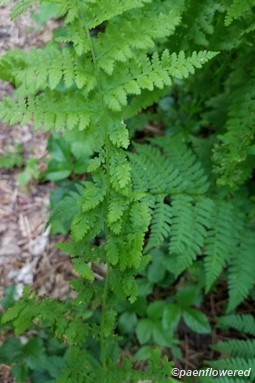
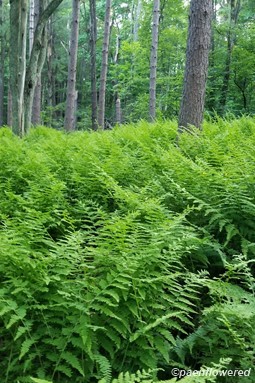
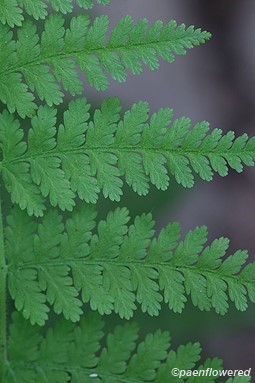
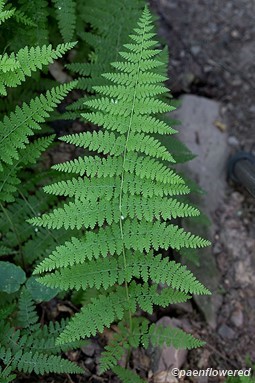
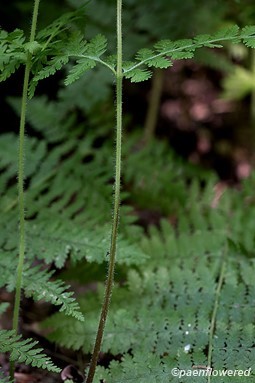
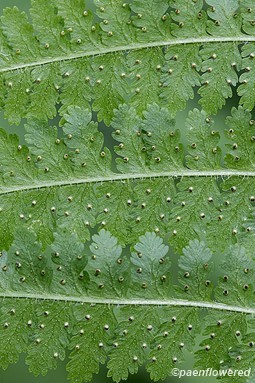
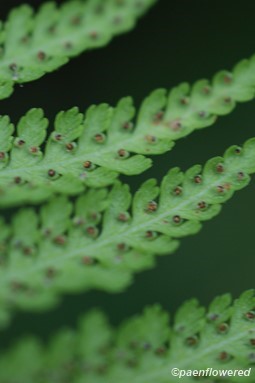
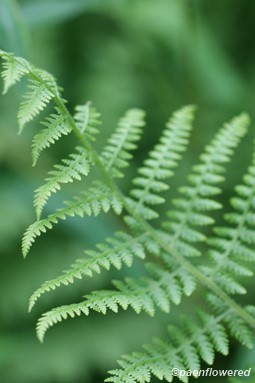
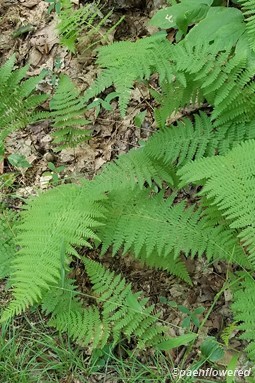
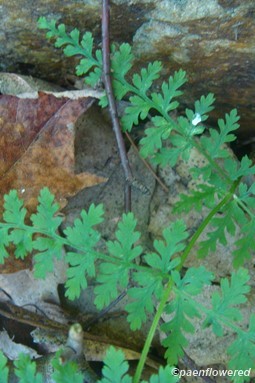

Comments
Have you spotted this plant in your area? We'd love to hear about your experience! Share your comments or questions about the plant below. Comments are moderated before posting.